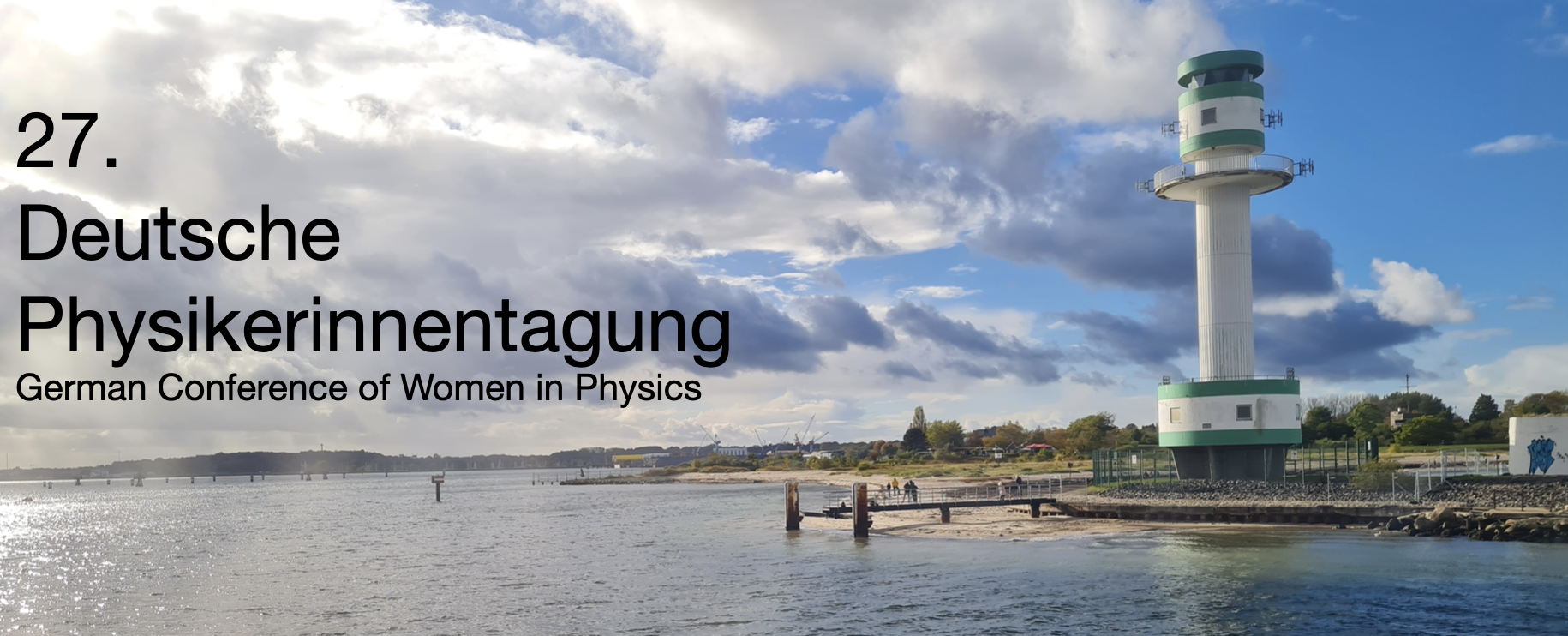Speaker
Description
Multilayer X-ray mirrors using Bragg reflection are essential for applications requiring enhanced reflectivity at higher grazing incidence angles, such as hard X-ray telescopes, synchrotron beamlines, and free-electron laser optics. These mirrors are constructed from periodic bilayers of high and low refractive index materials, enabling constructive interference of reflected X-rays at well-defined incident angles determined by Bragg’s law.
In this work, we report on the design, fabrication, and structural characterization of a Ta/Si multilayer X-ray mirror. The mirror consists of 7 bilayers with a bilayer period of 14.5 nm, and a Si layer thickness ratio of 0.5. Tantalum (high-Z) serves as the reflecting layer, while Silicon acts as the low refractive index spacer. Deposition was carried out using Ion Beam Sputtering under optimized conditions to minimize roughness, control stress, and ensure good interfacial adhesion.
Characterization was performed using X-ray Reflectometry (XRR) with a Cu Kα source (λ = 1.541 Å). The sample exhibited a Bragg peak at 0.94°, corresponding to first-order constructive interference at an energy of 8.048 keV, and showed a maximum reflectivity of 13%. The reflectivity profile is consistent with simulation based on the designed periodicity and materials, confirming the structural integrity of the multilayer stack.
Challenges such as interfacial diffusion, roughness evolution, and mechanical stress were considered during the design process to improve mirror performance. The results validate the potential of Ta/Si multilayer systems for high-efficiency X-ray optics, enabling more compact and sensitive designs for high-energy photon instrumentation.

